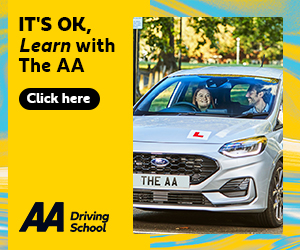While many industries have floundered during the Covid-19 pandemic, language-learning apps have bucked the trend, with Duolingo seeing a 67% increase from 2019 in 2020. Capitalising on this, it launched its Duolingo English Test aimed at the USA’s university market. Crucially, from the students’ point of view, it is both cheaper ($49) and takes less time (one hour) than the Test of English as a Foreign Language (TOEFL), which has dominated the US market for university entrance for decades.
TOEFL has until recently been the go-to test for those who want to study in the USA, where university admissions have seen it as the gold standard. Ielts, now the world’s most widely used university English test, and Pearson Academic have made inroads on the US market. However, as US institutions have attracted fewer overseas students during the pandemic, particularly as the former Republican government bore down on student visas, US universities have become more inclined to consider test optional and test-blind students in an effort to raise enrolment numbers.
Outside the USA, where governments have used the visa system to limit English language choice, Duolingo has struggled to gain a foothold.
To compete with Duolingo’s success, TOEFL is bringing out its own cheaper, quicker version in August. Called TOEFL Essentials, it’s still more expensive – roughly twice as much as Duolingo’s – and is a bit longer at one and a half hours. However, tests are assessed by a real human being and still carry the respected TOEFL name. The original TOEFL iBT will still be run, and is accepted for college and university admission in over 150 countries, as well as for work and immigration, both areas in which Duolingo lags behind.
With the advent of the more international student-friendly Biden administration, can TOEFL see off Duolingo in the USA? And can the digital giant break through the visa-based test restrictions in the rest of the English-speaking world? Time will tell.





